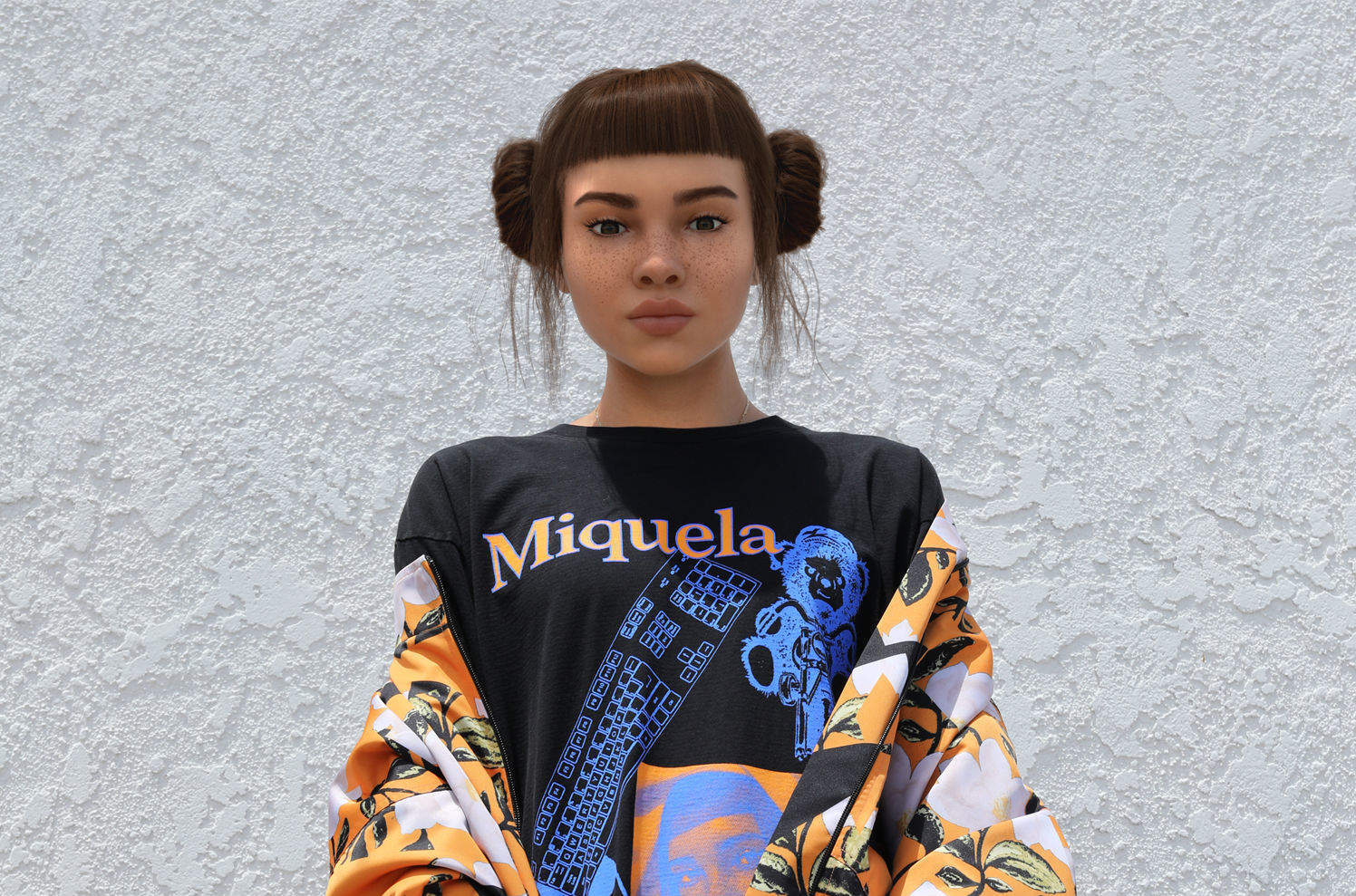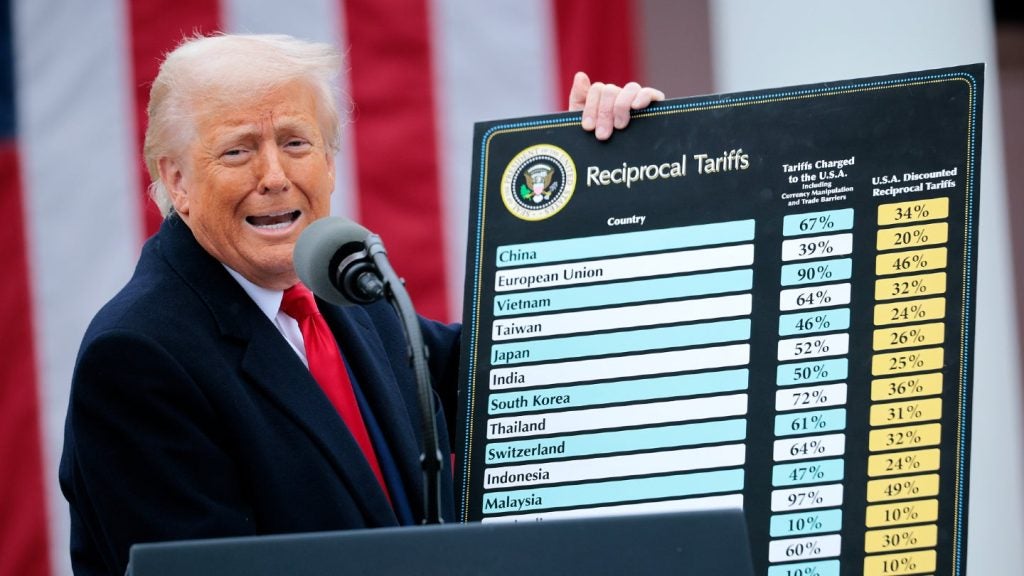
3D renders that give the impression of living the perfect Instagram life, virtual influencers are the latest addition to the world of brand marketing. Leading the way are Lil Miquela and Shudu Gram, with copycats beginning to proliferate.
While virtual influencers have only gained a notable online presence in the last year, they have already earned significant support from major fashion and lifestyle brands.
“Shudu Gram, named the ‘world’s first digital supermodel’, promoted Rihanna’s brand Fenty Beauty by sharing a photo of herself wearing lipstick from the makeup line,” explained Irene Bi, associate analyst at GlobalData Consumer.
“Miquela Sousa, a virtual model and musician, updated her Instagram with her ‘outfit-of-the-day’: photos of herself wearing products from prestigious fashion brands such as Chanel, Proenza Schouler, Supreme, Vetements and Vans.”
But with considerable investment driving the growth of virtual influencers, are brands at risk of losing their authenticity?
What are virtual influencers?
Virtual influencers are entirely fictional characters with their own social media accounts that post content that makes them appear human. Primarily focused on the picture-heavy Instagram, they mimic human influencers, uploading ‘selfies’ and other photographs.
The characters themselves are rendered using 3D modelling software but are added to real photographs, giving them the impression of living attractive and aspirational lives. Their images are also accompanied by persona-appropriate text, and they champion causes in much the same way as their human counterparts would.
“This is the creators’ attempt to give them some ‘human-like’ qualities to bring them closer to the audience, and a ‘real’ celebrity status,” commented Bi.
The four most notable virtual influencers
Lil Miquela, also known as Miquela Sousa, is the most popular virtual influencer at present, with 1.2 million followers. In addition to promoting a host of high-end fashion brands alongside soul-searching commentary, she openly supports Black Lives Matter and includes a donation link to grassroots organisation BlackGirlsCode in her Instagram bio.
The next most popular virtual influencer is Shudu Gram, with 124,000 Instagram followers, who recently did her first editorial with fashion industry website WWD. Her commentary is more guarded, in a manner reminiscent of real-life supermodels.
Other virtual influencers of note include the blonde-haired, Ugg-wearing Bermuda, with 73,800 followers. She shares ‘selfies’ and snaps of misspelt Starbucks Frappuccino cups, alongside commentaries of Donald Trump and claims of AI’s superiority.
Finally, there is streetwear champion Blawko, whose expletive-heavy text is filled with slang and text speak reminiscent of his target audience. With 50,700 followers, he is also designed to be politically engaged. At the time of writing, his Instagram bio includes a link to a list of organisations helping immigrant children who have been separated from their families.
Who is behind Lil Miquela and Shudu Gram?
While they are designed to appear effortless, virtual influencers are created through countless hours of toil both to craft their digital renderings and the text and persona that goes along with them.
Shudu Gram is the creation of British photographer Cameron-James Wilson, a revelation that drew controversy for the fact that he is a 28-year-old white man driving the online persona of a dark-skinned model.
Lil Miquela, Bermuda and Blawko, on the other hand, are all the creations of secretive Los Angeles-based startup Brud, a fact that is made clear by the fact that the three reference each other, and sometimes appear together in pictures.
Given the money made by real human influencers, it is quite plausible that Brud and any other companies that follow will be able to drive significant profits from the creation of online personas, particularly if they run several at any given time.
The investment machine driving virtual influencers
It is perhaps no surprise, then, that the virtual influencer industry is driving considerable investment.
The precise nature of Brud’s funding has been kept quiet, but TechCrunch reports that the company netted $6m in its latest funding round, with notable investors including Sequoia Capital, BoxGroup and SV Angel thought to be among those putting money into the company.
Better than a human: why brands may prefer pixels to flesh
The vanguard of virtual influencers has certainly made a positive impression on brands, and it is easy to see why.
“Virtual influencers have, or are commodified to have, perfectly proportioned physical features, a fun-loving, sociable personality and proactive attitudes towards charitable causes,” said Bi.
“All of these are positive elements that make them ideal brand ambassadors, especially when the target audience is appearance-driven and forward-thinking millennials and Gen-Zs.”
In addition, virtual influencers can be trusted to not engage in behaviour or controversy that could tarnish a brand’s reputation. Brud may have orchestrated online drama and even a pretend hack to drive interest in its characters, but these are acts that can be controlled in a way that the media circus simply cannot.
When virtual influencers are too perfect
However, the almost-real appearance of virtual influencers can also have its downsides. Some consumers are fooled into thinking they are real people, before expressing anger when they find out the truth, whilst others dislike their artifice.
And given their position as aspirational figures, they pose an issue in an industry already challenged by moral quandaries surrounding image retouching.
“Celebrity endorsement is successful on the basis that human seeks an aspirational character – someone they can identify themselves with, or hope to become,” said Bi.
“A perfectly created digital character might be ideal for such aspirational role in the first place, but it lacks a human touch which is what really connects the endorsers with the audience.
“Although creators have made the effort to make virtual influencers as ‘real’ as they possibly can, one cannot deny that the desirable aspects of these influencers e.g. a digitally beautified appearance, artificially created social status and lifestyle, are not real, and impossible to achieve in real life.”
The quest for authenticity
Given that authenticity is becoming an increasingly important value for brands – particularly in the luxury space – virtual influencers do pose a challenge.
Brands will need to be careful how they use a virtual influencer, or risk alienating the audience they are attempting to reach.
“The use of a virtual influencer adds an innovative twist in celebrity endorsement,” said Bi.
“But for brands that want to receive real long-term benefits from their investment in celebrity endorsement, relying solely on virtual influencers seems to be a risky bet.”







